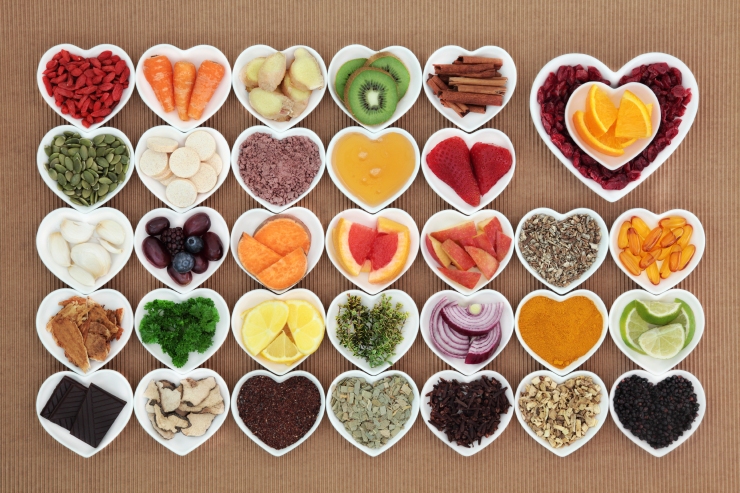This post originally appeared last year. While the organization mentioned has changed its name to Britepaths, the mission and need remain the same. Please consider donating this Giving Tuesday.
Thanksgiving is my favorite holiday. This year I spent it at my sister’s house with her family, my mom, and lots of friends. We ate until we were stuffed, waited a while and ate some more. The next day there were plenty of leftovers for another Thanksgiving meal (“second Thanksgiving” is secretly my favorite dinner). We have our favorite foods and even our not-so-favorite (I’m thinking of you, pecan pie) which we can easily pass up because there’s a lot of other, tastier stuff to go around (ahh…cherry pie!).
What I love about Thanksgiving most of all is the tradition. Yes, traveling can be a hassle, especially with kids and all the gear they require. We eat too much and sleep too little. But it’s all worth it for the memories, the connections and the familiar scents from the kitchen.
But sometimes, “tradition” translates to “responsibility,” or worse, “burden.” I felt a smidgen of this when I was a young professional, living on my own for the first time. My entry-level job barely paid the rent, but the holiday season meant trips back home and presents to buy and extra tipping. For a while my holidays came with a little black cloud (let’s call it “credit card debt”) that I hoped a Christmas bonus that may or may not materialize would go directly to help make that cloud go away.
My holiday burden was nothing compared to a parent with kids depending on them. To this parent, the holidays mean trying to keep tradition alive even when it seems impossible. This is especially true for households already living from paycheck to paycheck, with income levels “too high” to be eligible for assistance. Many times these families were doing OK until circumstances led to a downward spiral, things like a job loss, divorce, injury or serious diagnosis. These families don’t necessarily need ongoing support, but they do need help to get back on their feet at minimum, and most certainly a little extra help around the holidays. And their kids…they need a sense of normalcy.
This year, my family started what I hope will be a new tradition. Through a local program called Our Daily Bread, families in Fairfax County are matched with a sponsor to provide essentials for a holiday dinner. As a dietitian, I can’t imagine not having a delicious meal at Thanksgiving, not to mention the aromas and togetherness and family time it can bring. That’s why we sponsored a family of six and provided them with provisions to cook their own Thanksgiving dinner. It was so easy: I was matched with a family, called the main contact, asked about food allergies and preferences, and arranged a drop-off. I knew I found a great match when I asked the mom if she wanted a pre-made meal, but she said no: she’d like the ingredients so she could make the Thanksgiving meal together with her kids.
Food insecurity isn’t a problem “out there” or in a city far, far away. It’s here. It’s everywhere. It may affect your child’s classmate. Or your favorite store clerk. It may be your coworker, who hides his debt behind a facade. A full 14 percent of households in the U.S. were food insecure last year. That’s 48.1 million people, 15.3 million of which are children.
Finding the courage to ask for help is tremendously hard. Having no one answer that call is heartbreaking. This Giving Tuesday, please find a way to make someone’s holidays a little brighter.










